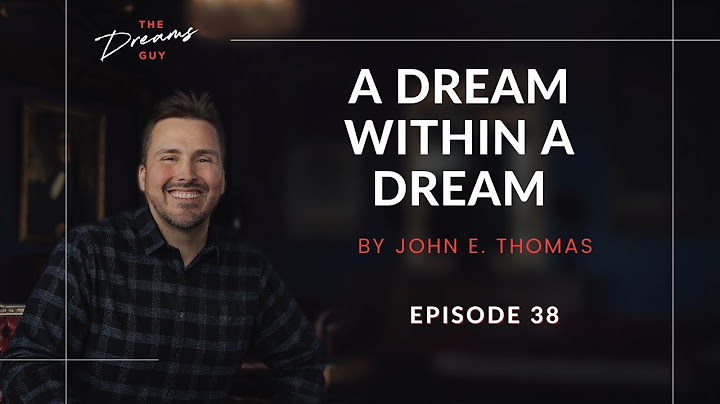Dreamcatchers are the most recognizable Native American symbol in the country today. For many Native Americans, they represent tradition and the dreamcatcher legends that have been handed down for generations. For some, they are the symbol of Native American unity. But for others, dreamcatchers are simply tacky tourist souvenirs that are made in China and shipped to
this country to be sold as authentic Native American crafts. Several Native American tribes have tried to bring their meaning back by crafting dreamcatchers from traditional materials. By learning the meanings behind these beautiful, woven circles, you can gain a deeper appreciation of the craft and the beliefs behind their creation.Dreamcatcher History Show Legend says that if you hang a dreamcatcher above a bed, it will catch the bad dreams in the web while letting the good dreams through the hole in the middle. As the sun’s rays hit the dreamcatcher in the morning, all of the bad dreams will evaporate.Dreamcatchers became popular during the pan-Indian movement of the
1960s and 1970s as a symbol of renewed Native American pride. They can now be found at almost every reservation in the United States and Canada. While you can find cheap imports at many souvenir stores throughout the West, it is a good idea to try to purchase the authentic article whenever possible. By buying dreamcatchers that have been made by native people, you can help keep the tradition alive and help support native tribes. Several websites specializing in authentic Native American items
have been offering authentic dreamcatchers for sale. Try websites such as native-language.org/dreamcatchers for a list of craftspeople who make and sell authentic dreamcatchers and dreamcatcher.com for some beautiful examples for sale.Dreamcatcher Legends As the people dispersed to the four corners of North America, Asibikaashi (the spider woman) swore that she would continue to take care of the children, but couldn’t get to each bed every night. The women of the tribe wove magic webs shaped
like a circle (which is how the sun travels through the sky) and hung them over the cradleboards. Just as the spider woman traps insects in her sticky web, the bad dreams are trapped in the web of the dreamcatcher and perish as the sun hits them every morning. Many mothers tied a feather to the hoop in the center representing breath or air. The baby would watch the feather and be entertained as it danced on the wind above its head.Chippewa Legend Iktomi took the elder’s willow hoop and began to spin a web as he spoke of the cycle of life from infant to old age. He told the elder that if you listen to the good ideas,
the forces at work will steer you in the right direction. If you listen to the bad, the forces will steer you in the bad direction. He showed the elder that the web was a perfect circle, but had a hole in the center. Iktomi told him that the good ideas will be caught in the web, but the bad ones will go through the hole and not stick as it sifts the dreams and visions of his people.How to Make a Dreamcatcher 3. Start the second round of weaving by looping the string through the straight parts of the first round, in between the points on the hoop. As you work your way around the hoop and tighten the string, it will begin to pull the strings into a diamond shape.4. Keep repeating with additional rounds until you have woven the entire web, leaving a small hole in the middle.5. Tie it off at an inconspicuous point.6. Hang feathers or beads from the center if you wish. Giving someone a dreamcatcher (whether it is one you’ve made yourself or one you’ve purchased from a Native American craftsman) tells the giver that you care about him and his peace of mind. Make sure that she get a note describing the significance of the dreamcatcher and how legend says that it will protect her from bad dreams and negative thoughts. Many people now put dreamcatchers all around the house as Native American décor and you will even see them hanging from the review mirrors of many cars. It isn’t known whether a dreamcatcher in the car can protect you from the bad thoughts of other drivers, but it probably couldn’t hurt. What does it mean to gift a dreamcatcher?Hang feathers or beads from the center if you wish. Giving someone a dreamcatcher (whether it is one you've made yourself or one you've purchased from a Native American craftsman) tells the giver that you care about him and his peace of mind.
Can we gift someone a dream catcher?The dream catcher prices are also pocket-friendly, so you can even gift them to your loved ones.
What happens if you touch a dreamcatcher?You have to touch your Dreamcatcher to clean it, and nothing happens but having a cleaner Dreamcatcher.
Is it bad luck to throw away a dreamcatcher?Is it bad to throw away a dreamcatcher? For the superstitious, throwing away a dreamcatcher will bring bad luck and release the bad dreams that have been caught in the dreamcatcher. They believe its best to dispose of the dreamcatcher in a respectful way.
|

Related Posts
Advertising
LATEST NEWS
Advertising
Populer
Advertising
About

Copyright © 2024 SignalDuo Inc.




























